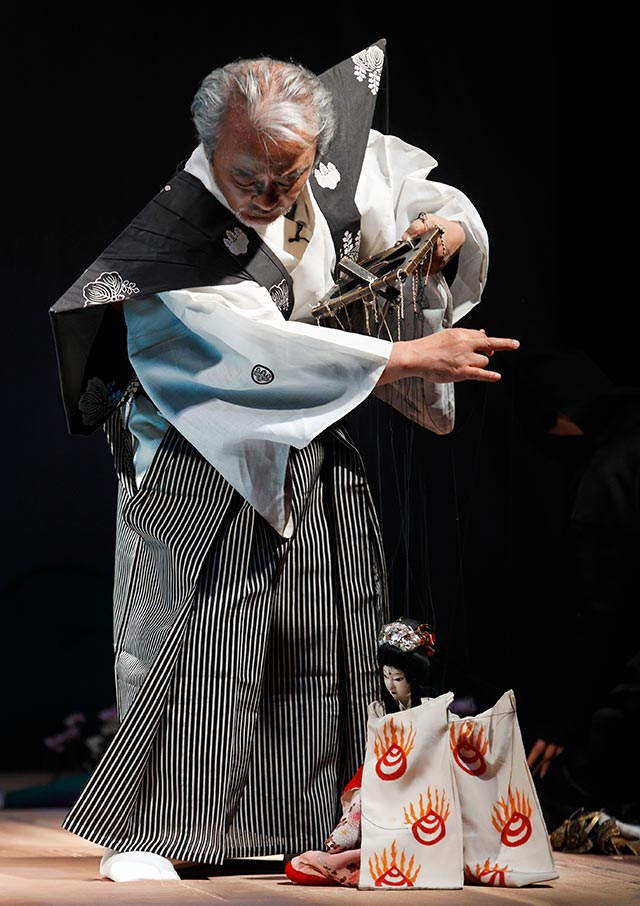Autumn Leaves (Associated spots)
Introduction to associated facilities
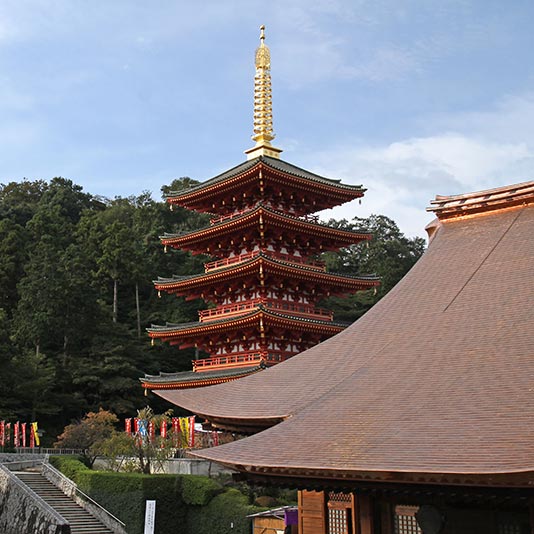
Takahata-Fudoson Kongo-ji Temple
- Hino
- Autumn Leaves
Takahata-Fudoson Kongo-ji Temple is one of temples of Shingon-shu Chisan-ha. It is also the Shinsengumi Hijikata Toshizo family temple, where you can see the statues of Hijikata Toshizo and its related items. The precincts include the “Niomon”, an important cultural property, the “Fudodo”, the oldest cultural property building in Tokyo relocated in 1342, and Old Heian Buddha statues such as the Fudosan-zo statue, Dainichi Nyorai-zo staue, and Kankiten-zo staue. There are historical cultural properties and temple treasures. If you walk along the mountain course that mimics the 88 pilgrimages to Shikoku, you can worship while also admiring the natural landscape.
733 Takahata, Hino City, Tokyo
TEL. 042-591-0032
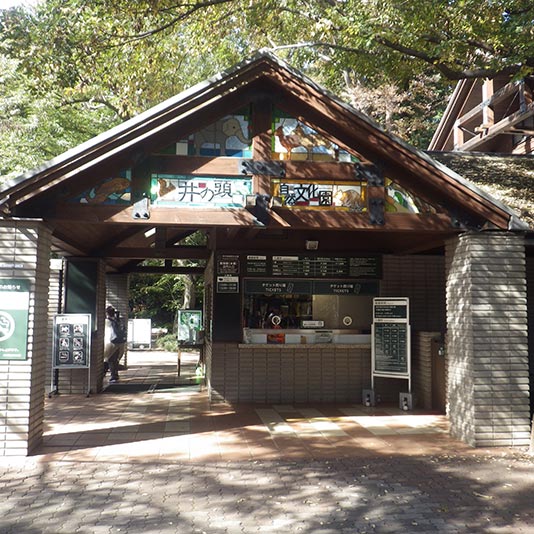
Inokashira Park Zoo
- JR
- Kichijoji
- Autumn Leaves
Inokashira Park Zoo is located in the area where Inokashiraonshi Koen Park was opened in 1942. It contains the zoo, a museum, sculpture garden, and aquatic Park. In the zoo 170 kinds of animals are bred, including the popular Tsushima wild cats, phoenixes, and capybaras, of which all are exhibited. The “squirrel path”, which is a cage that can be approached, allows visitors to enter and observe the ecology of Japanese squirrels closely.
1-17-6 Gotenyama, Musashino City, Tokyo
TEL. 0422-46-1100

Edo-Tokyo Open Air Architectural Museum
- Koganei
- Autumn Leaves
This is an open-air museum where relocated and exhibited historical buildings with high cultural value from the early Edo period to the mid-Showa period are located. The restored buildings and merchant houses convey history, such as the house of “Hachioji Sennin Doshin (junior officials of Hachioji)” group leader which served the Tokugawa Family and the “Kodera Soy Sauce Store” that had been open since the early Taisho era. The “Shitamachi Naka-dori”, which is lined with restored building, has a nostalgic view like an old shopping street. You can feel the lifestyle of those days closely from the reproduction of everyday item. The museum is a very popular spot for cherry blossoms and autumn leaves.
3-7-1 Sakura-cho, Koganei City, Tokyo
TEL. 042-388-3300 (main phone)

Jindai-ji Temple
- Musashino
- Autumn Leaves
Jindai-ji Temple which was located in the lush forest of Musashino is one of the oldest temples in the Kanto region as it was founded in 733. It is also known as a temple for blessing and marriage. When Jindai-ji temple was first built, a Buddha statue (Hakuho Buddah) was presumed to have been the principal god at the time of construction. This temple is a masterpiece of the late Asuka era and it received national treasure designation in 2017 with the only Buddist temple structure in Tokyo and is the site of the oldest national treasure in East Japan. You can visit here all year round, and every year, on March 3rd and 4th, the “Yakuyoke-Ganzan-Daishi-Taisai” festival hosts one of Japan’s three largest Daruma markets. The “Jindai-ji soba”, which has a history going back more than 400 years, is also famous. There are about 20 soba shops just on the approach to the front of the gate.
5-15-1 Jindaiji-Moto-machi, Chofu City, Tokyo
TEL. 042-486-5511

Kotoku-ji Temple
- Akiruno
- Autumn Leaves
The old temple “Kotoku-ji” of the Rinzaishu-kenchouji-ha group in the Itsukaichi area of Akiruno City is a formal temple founded in 1373. The highlight of the temple grounds are the two giant ginkgo trees rising near the massive mountain gate with the thatched roof. They color perfectly in the autumn, glowing a bright golden hue is a scene that you would not think of as being in Tokyo.
Owakata 234 in Akiruno City, Tokyo
TEL. 042-558-1111(Sightseeing City Development Promotion Division)
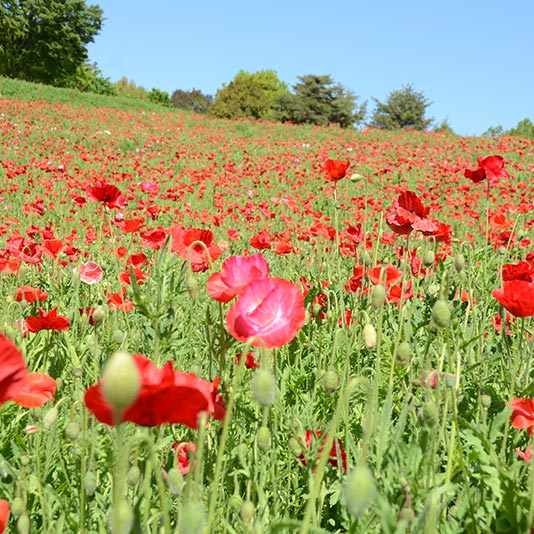
Showa-Kinen Park
- Tachikawa
- Autumn Leaves
Showa-Kinen Park is a National Park with a vast site of about 180 hectares, ranging between
Tachikawa City and Akishima City. There are “Komorebi no sato” which is a reproduced rural landscape of living in Musashino in the 1950s, “Rainbow Pool” encompasses nine different pools you can enjoy for free. The “Hana no Oka (Hill of Flowers)” area offers colorful tulips in spring and cosmos flowers in Autumn that spread everywhere. Famous spots for Autumn leaves are everywhere such as lines of Ginkgo trees and various Japanese gardens where you can enjoy flowers and plants at various places in the garden throughout the year. You can also enjoy riding a Segway to look around the park.
3172 Midori-cho, Tachikawa City, Tokyo
TEL. 042-528-1751
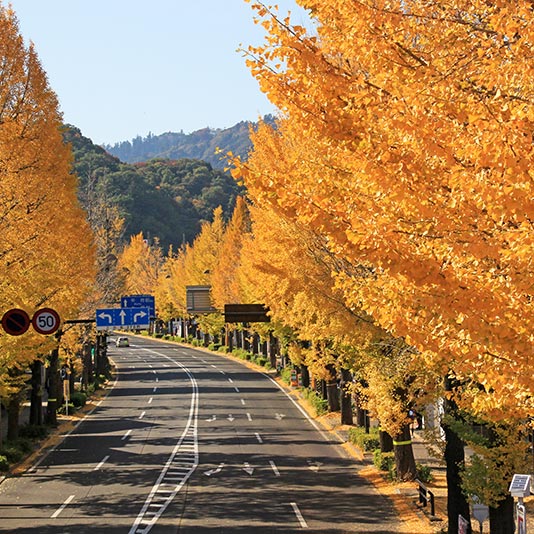
Hachioji Icho (Ginkgo) Festival
- Hachioji
- Autumn Leaves
This festival is held near 770 ginkgo trees that are planted from Hachioji Oiwake-cho crossing to the entrance of Koshu Kaido Road when the ginkgo leaves turn yellow. During this festival, a “Checkpoint orientation” is set up to collect stamps between Oiwake checkpoint to Kobotoke checkpoint. Also, to be found here in ten different places are gourmet stalls, hometown bazaars, stage performance, and exhibitions of products. This festival that is run by volunteers included citizens who protect and grow ginkgo trees.
042-668-8383
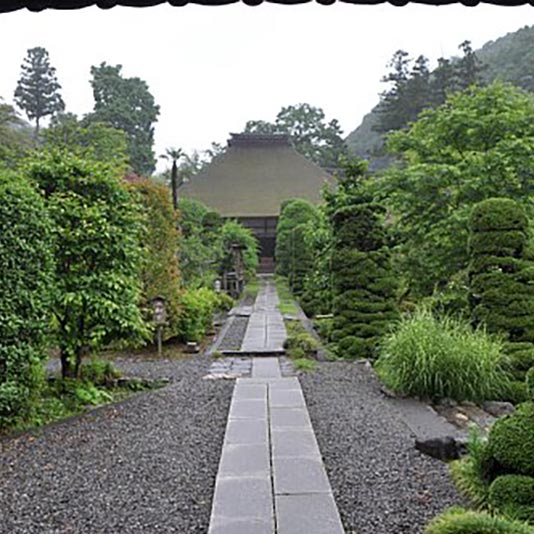
Kurosawa Monshuin Temple
- Ome
- Autumn Leaves
Kurosawa Monshuin is a Sotoshu temple which was founded between 1532 – 1555. It is located in an area surrounded by mountains and valleys and its garden show beautiful scenery according to the four seasons. The temple name of Monshuin came from the directive to “listen to Buddhist law, consider by yourself, and practice Buddhism”. This temple hosts Zen meditation meetings, pilgrim’s song meetings, concerts, a computer classroom, an English classroom and a place of communication. This is a temple that welcomes people with open arms.
3-1578 Kurosawa, Ome City, Tokyo
TEL. 0428-74-5411
Introduction to tourist spots
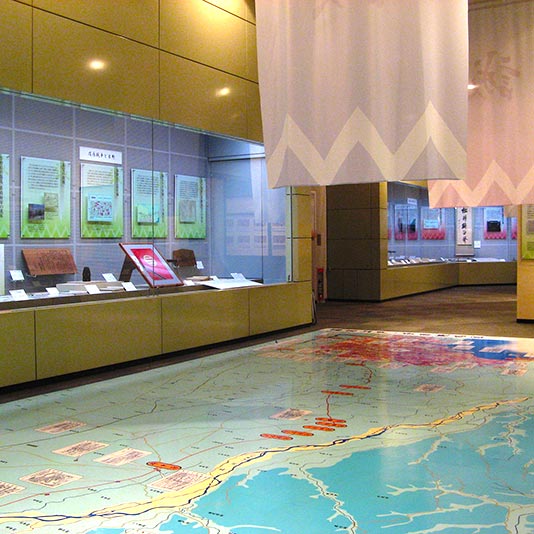
Shinsengumi History Museum
- Hino
This is a museum in Hino City where Hijikata Toshizo, Inoue Genzaburo, Kondo Isamu, and Okita Soshi gathered and trained in swordsmanship. You can learn about Shinsengumi in the overall historical content at the permanent exhibition. There is also a photography corner where you can borrow props such as Hijikata Toshizo’s sword “Izumi-no-kami Kanesada” and soldiers’ costumes, as well as vendors selling goods such as Japanese hand towels and corps flags.
1-16 Jinmei 4-chome, Hino City, Tokyo
TEL. 042-583-5100
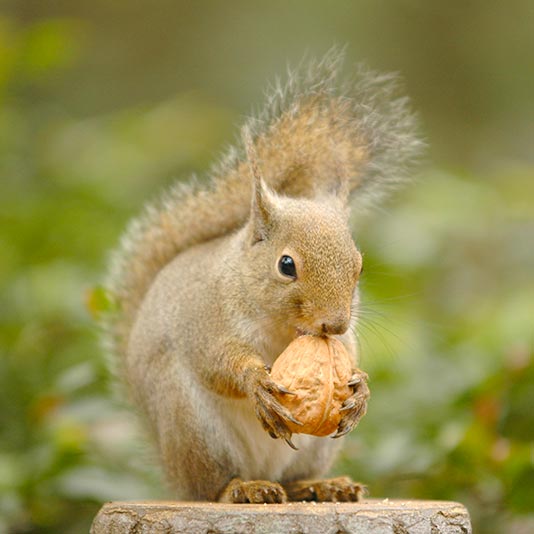
Inokashira-Onshi Koen Park
- Kichijoji
This park is the first suburban park in Japan and was opened 1917.
The park is known for providing an ecology for various creatures as it is blessed with a pristine natural environment. Bird watching spots are common where you can appreciate a lot of resident and migratory birds despite being an urban park. An extensive coppice forest contains many beeches, serrata, oaks, and others. To be found in the park are the Inokashira Park Zoo, Mitaka City Museum of Animation (Ghibli Museum, Mitaka), Inokashira-benzaiten Shrine, and a rental boat area.
1-18-31 Gotenyama, Musashino City, Tokyo
TEL. 0422-47-6900
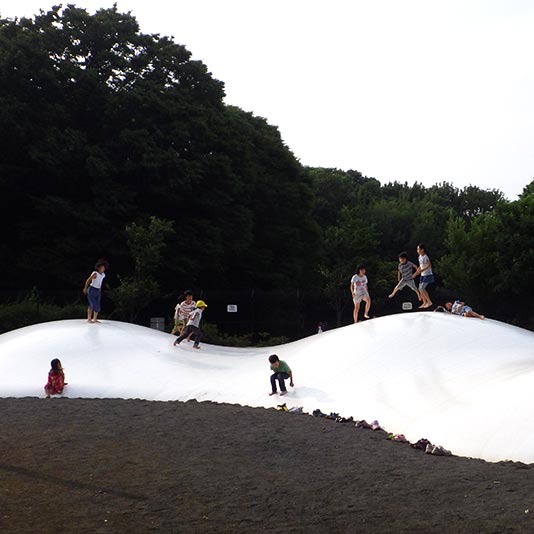
Koganei Koen Park
- Koganei
This park has a huge area of 80 hectares. It was the site of the Togu-Karigosho (Crown Prince’s temporary Imperial Palace) after World War II, and it is also famous for cherry blossom trees. In spring many cherry blossom viewers come. There are grassland and thickets surrounding the park, cherry orchards, the Kyudo ground, the SL exhibition Hall, and the open air museum and Edo-Tokyo Open-Air Architectural Museum where buildings of high cultural value are saved and displayed in the park.
2-8 Sekino-machi, Koganei City, Tokyo
TEL. 042-384-2093
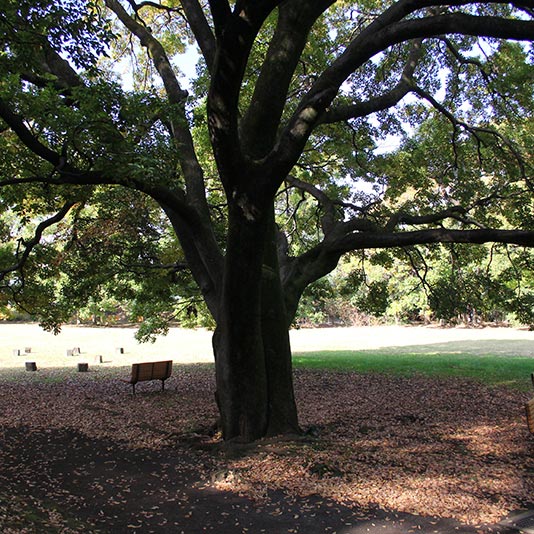
Jindaiji-jo-Ato (Jindaiji-jo Castle Ruins)
- Chofu
Jindaiji-jo-Ato received its national designation in 2007, and is a historic site in the Aquatic Botanical Park, part of Jindai Botanical Park. During the battle between Odawara Hojo and Ogigayatsu Uesugi for the hegemony of the Kanto Area in the Warring States Period, Jindaiji-jo was, according to record, built on older castle ruins in a position that was opposed to Ozawa-jo Castle which was governed by Ogigayatsu Uesugi, and was one of the bases used by Odawara Hojo.
2 chome Jindaiji-Motomachi, Chofu City, Tokyo
TEL. 03-3232-3038 (Jindai Botanical Park)
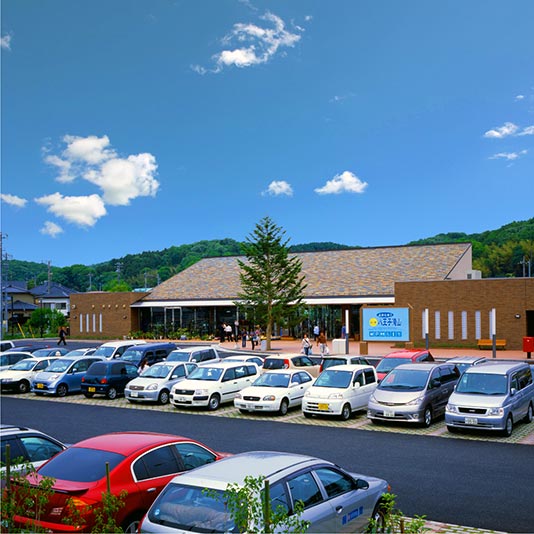
Michi-no-Eki Hachioji Takiyama
- Hachioji
Aquiculture and Livestock products from Hachioji are sold only at Michi-no-Eki in Tokyo. The traditional side dishes cooked by the women of Hachioji farmers are available to buy here and can also be had at the restaurant “Vegetable Table Yaonosai” with its large salad bar full of fresh vegetables. You can also buy traditional Edo vegetable at the direct sale location “Farm Takiyama”.
1-592-2 Takiyama-machi, Hajioji City, Tokyo
TEL. 042-696-1201
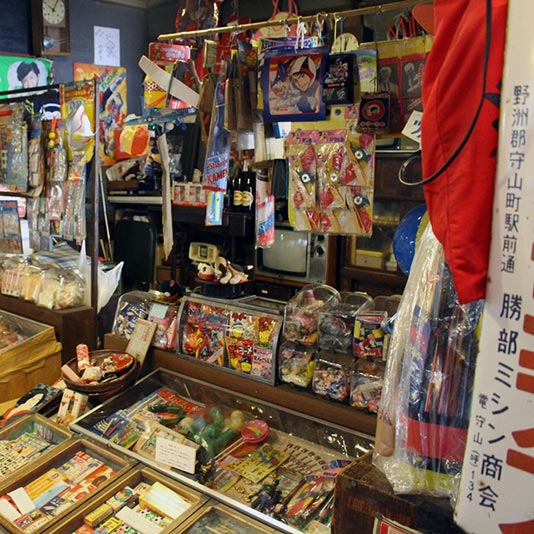
Showa Retro Product Museum
- Ome
This is a museum where Tsutomu Kushima centered on the packing of sweets and tobacco from the 1950s to the 1960s. You can appreciate signboards painted by the final film signboard artist Kubo Bankan and “Yukionna (Snow woman)”. Known for the ghost story written by Koizumi Yakumo, this remodeled wooden building was used as a furniture store that shows a taste for the lacquer used for stairs.
65 Sumie-cho, Ome City, Tokyo
TEL. 0428-20-0355 (Ome Akatsuka Fujio Hall)
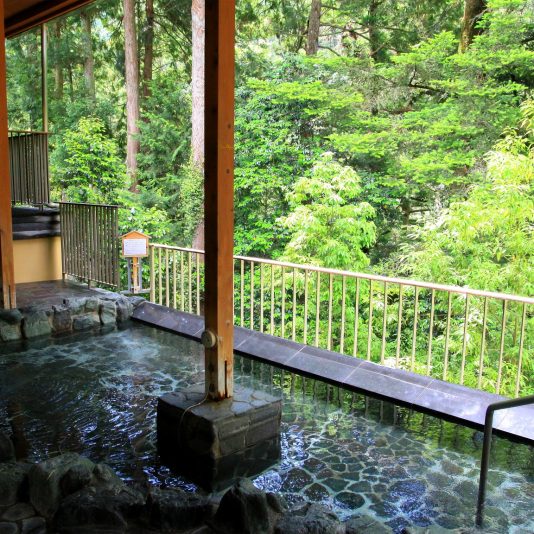
Akigawa River Valley Seotono-Yu Hot spring
- TAMA’s Seasons
These popular natural hot springs are surrounded by unspoiled nature and near to many famous cherry blossom trees at “Otsu Hana no Sato (Otsu Flower village)”. The hot springs are famous for the idea of “Hot springs for beautiful skin”. Water is brought up from a depth of 1,500 meters and is of high alkalinity. You can see the fresh green of the Akigawa River Valley from the outdoor bath and it is also possible to observe stars if it clears up at night. In the morning you can purchase just harvested fresh vegetables.
565 Otsu,Akiruno-shi, Tokyo
TEL. 042-595-2614

Faret Tachikawa Art
- TAMA’s Art
“Faret Tachikawa Art” is where department stores, movie theaters, and office buildings are located in about a 3 minute walk from the north exit of JR Tachikawa station.The location hosts an art work group with 109 artworks by 92 artists from 36 countries. Born in October 1994, it was redeveloped starting with the art from the site of the Tachikawa US Army Base. The works which we are able to proudly show the world may be appreciated not only by sight, but also by touching, sitting, and being listened to are dotted about the area
near 2-40 Akebonocho,Tachikawa-shi, Tokyo
TEL. 042-558-0516
Tradition / Culture

Youki-za
- Koganei
Youki-za was established in 1635 by the first generation of the Youki Magozaburo, the Edo period thread manipulated puppet troupe. It played an active part as a troupe certified by the Shogunate in Fukiya-cho (currently Nihonbashi). After that, because of Tempo’s Reforms, the “Edo five Theaters” for “Kabuki-Sanza”, “Satsuma-za”, the hand controlled puppet theater and “Youki-za” the thread manipulated puppet theater moved to Asakusa-Saruwaka-cho. For a while the gorgeous play town was bustling, but after the Meiji Restoration, these theaters disappeared from Asakusa-Saruwaka-cho, and “Satsuma-za” disappeared as well. Only the name of “Kabuki-Sanza” remained and only this name was inherited. Now only “Youki-za” has survived as a troupe.
Currently the chairperson is Youki Magozaburo, who is 12th generation. He is actively working on classical performances as well as new ones, overseas performances in dozens of countries, and international cooperative productions with the activity guideline of “two wheels for tradition and innovation or classical and new works.” The new works will feature a stage where actors and puppets co-star in the same play space, as well as a stage space unique to Youki-za, and methods such as directing using the “Edo-Utsushie,” a visual art created in the Edo era that draws and projects pictures on a glass plate. This troup continues to create a unique stage space. In 1956, it was designated as an intangible Cultural Property of Tokyo, and in 1996 it was selected as a national Record Selected Intangible Cultural Property.
3-18-2 Nukui-kita-machi, Koganei City, Tokyo
TEL. 042-322-9750
Introducing long established stores/Tama’s Gourmet
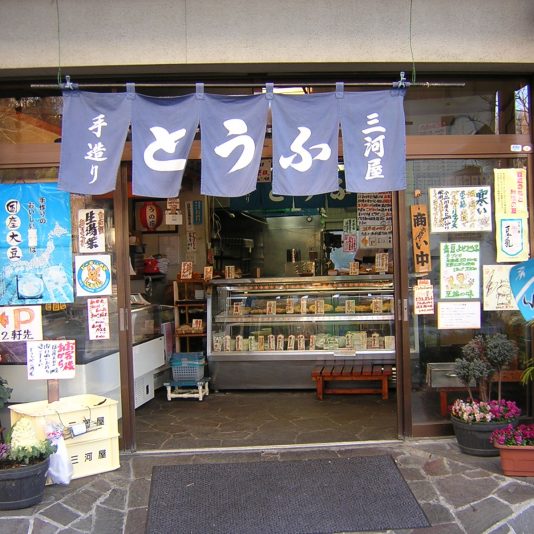
Tofu Shop Mikawaya
- Hino
- Food
A tofu specialty shop established within Hino City. In all our tofu products, we have the distinction of only using domestic soybeans from places such as Saga Prefecture, Hokkaido, and Shiga Prefecture. Also, along with the season, aside from our diverse tofu sales such as “Yaki-tofu” and “Edamame-tofu”, we have soy milk soft-serve ice cream (only at the Manganji shop) and donuts.
That are perfectly suited for eating while walking.
Main shop at Takahata / 4-5-20, Misawa, Hino-shi, Tokyo
TEL. 042-591-4694
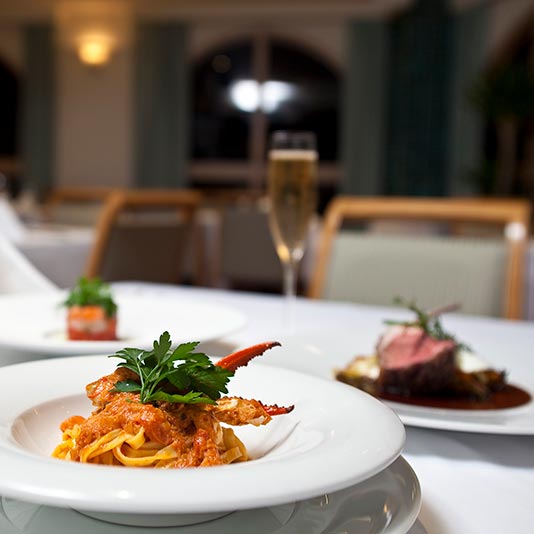
Ristorante Primi Baci
- Kichijoji
- Food
Ristorante Primi Baci faces Inokashira-Onshi Koen Park. Takashi Ugajin, the executive chef orders fresh fish and vegetables every day that are then delivered by contracted farmers. He always cooks dishes with these ingredients.
He changes his new menus to utilize seasonal ingredients for every season and serves multi-course dinners with seasonal themes. The best wine to go with each dish are chosen by sommeliers from about one hundred different wines. His casual lunch course is enjoyed while feeling the atmosphere of soft natural sunshine through the windows and nature from the park.
2nd Floor Inokashira Parkside Bldg., 1-21-1 Kichijoji-Minami-cho, Musashino City, Tokyo
TEL. 0422-72-8202
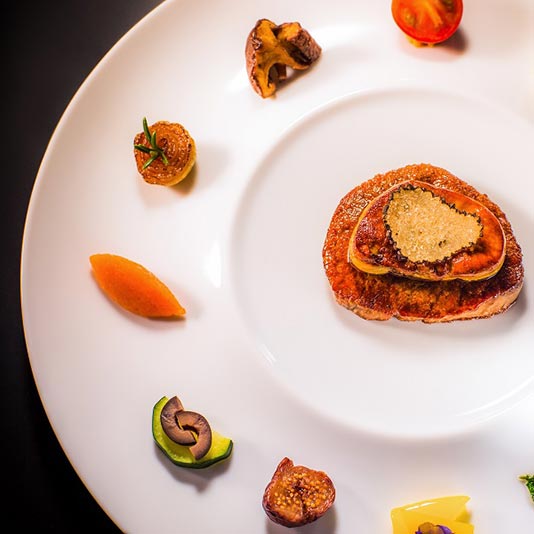
TERAKOYA
- Koganei
- Food
- JR
- Keio
TERAKOYA, This French restaurant located in a quiet residential area and founded in 1954 is a formal restaurant with successive visitations by prime ministers and VIPs. The restaurant was originally named from the words for “teaching”, “learning”, and “honing yourself”, ideas which are important to preserve. Currently the third-generation owner, Mitsuo Hazama lets you enjoy dishes not only with creative flavors but also visual appeal. While there you can enjoy the Japanese garden, which can be seen from the restaurant while receiving heartwarming seasonal customer service.
3-33-32 Maehara-Cho, Koganei City, Tokyo
TEL. 042-381-1101

Wakimizu
- Chofu
- Food
- JR
Wakimizu is the most popular Japanese noodle restaurant out of more than about 20 restaurants in the same area, as they offer handmade soba using domestic milled buckwheat flour. The popular menu “Wakimizu Soba (Spring water Japanese noodles) is soba which can be enjoyed by the soba scent of buckwheat (with a 9:1 ratio of buckwheat flour to regular flour). Depending on the season, different buckwheat is used, for example, Ibaraki Hitachi Aki Soba buckwheat for the fall and Hokkaido coarsely ground soba and Fukushima coarsely ground soba for the summer season. “Soba-yokan” is an original Japanese sweet made by adding buckwheat flour to hot water with soba, which hardens it before being mixed with red beans. The gentle sweetness heals your tiredness from walking around Jindai-ji Temple.
5-9-1 Jindaiji-Moto-machi, Chofu City, Tokyo
TEL. 042-98-1323
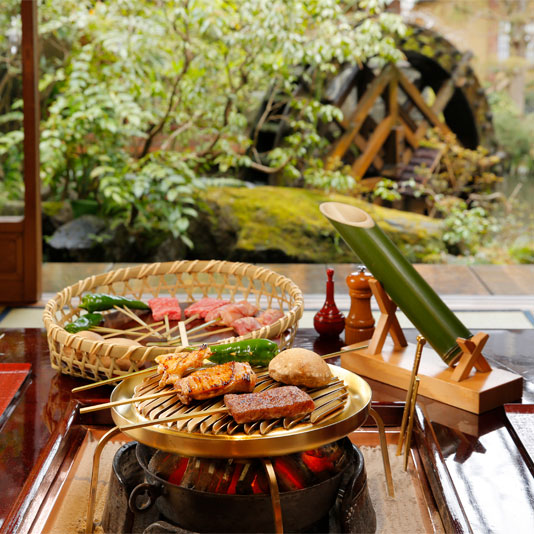
UKAI
- Hachioji
- Food
During his visit to Japan, American President Trump met with Japan’s Prime Minister Abe at the “Ginza Ukai-tei”, the main branch is located in Hachioji. Four restaurants exist in the city “Hachioji Ukai-tei”, “Ukai Toriyama” etc. Surrounded by greenery, these restaurants offer selected dishes and hospitality like no other.
3426 Minami-asakawa-cho Hachioji City, Tokyo
TEL. 042-666-3333
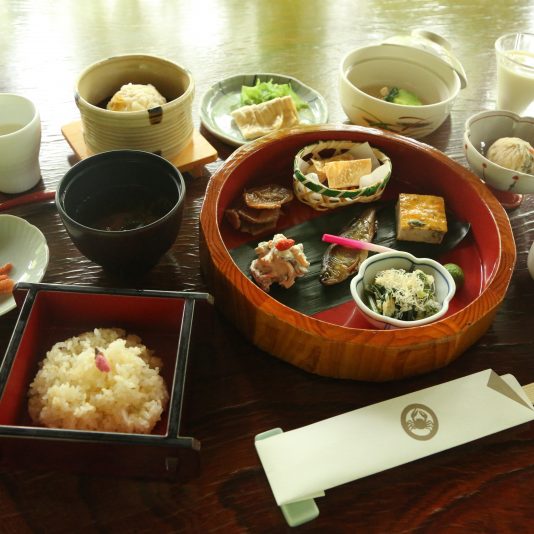
Mamagoto-ya
- Ome
- Food
A homemade Tofu/Yuba Kaiseki restaurant managed directly by the Ozawa Sake Brewery. There you can taste authentic Tofu cuisine with the Sawanoi Sake. The Tofu used is made only with 100% domestic soybeans using the mother water Shikomi-sui of the Sawanoi Sake. In addition to three course dishes to enjoy which include ingredients such as Tofu, Yuba, and Okara (reservation required), we also prepare “Seasonal Mamagoto-ya Zen” cuisine which is in limited quantity due to the use of seasonal ingredients.
* The contents of the dish may be slightly different than what is shown in the picture.
2-748, Sawai, Ome-shi, Tokyo
TEL. 0428-78-9523
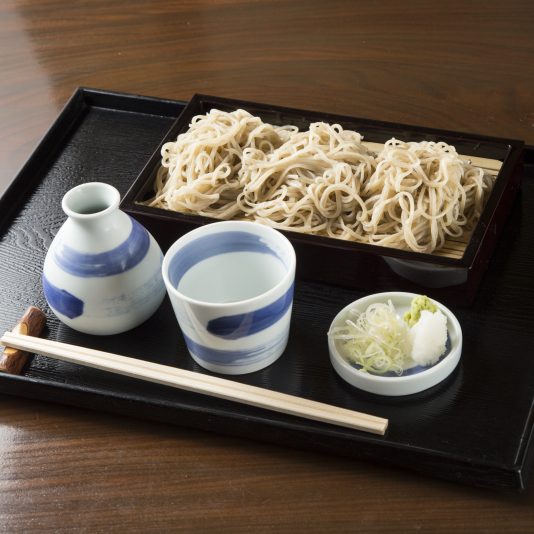
Juan-Chuzaemon
- Akiruno
- Food
A restaurant offering hand-made Soba and Japanese cuisine opened by the long-established noodle factory “Sumiya” which was founded around about 150 years ago where you can enjoy the local Sake “Kisho”. This establishment has the feeling of a small shop. The renovated dining hall, which is separate from the main house, was built in the Taisho era. Buckwheat noodle Soba starts at 850 yen, and the menu provides sake pairing suggestions such as vegetable Tempura, Menchikatsu, salted sweet beans, all part of a prepared multi-course meal.
Akiruno-shi, Itsukaichi, Tokyo, Tokyo 64
TEL. 042-595-2438
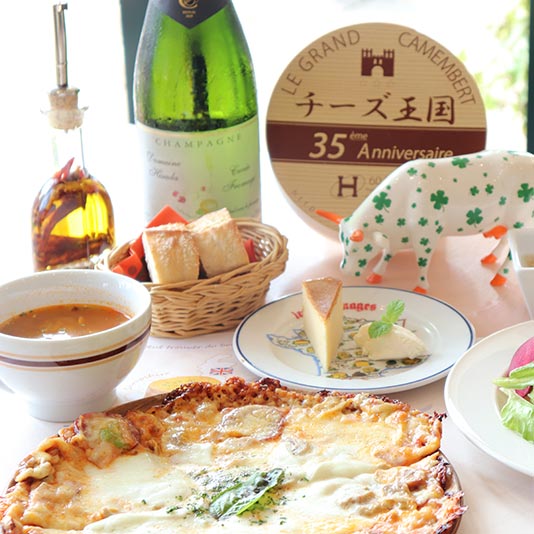
Salon de Cheese Oukoku (Salon of the Cheese Kingdom)
- Tachikawa
- Food
The “Cheese Oukoku” is a natural cheese specialty store that imports and sells cheese from around the world. “Salon” means “café” in French and they can be found in these stores nationwide. They also serve menu items which are made with specialty cheeses and the locally made brand cake “Judan”. When you find your favorite cheese, you can buy it at the sales space and take it home. At the buffet which is held on the 11th of every month, an all-you-can-eat for 2500 yen, you will have real cheese to enjoy which are presented by staff who have become familiar with the fermentation period of the cheese.
4-16-1 Sakae-cho, Tachikawa, Tokyo
TEL. 042-513-4101


